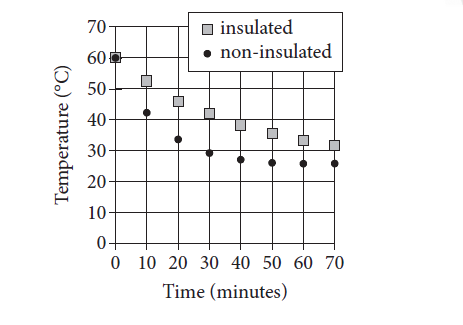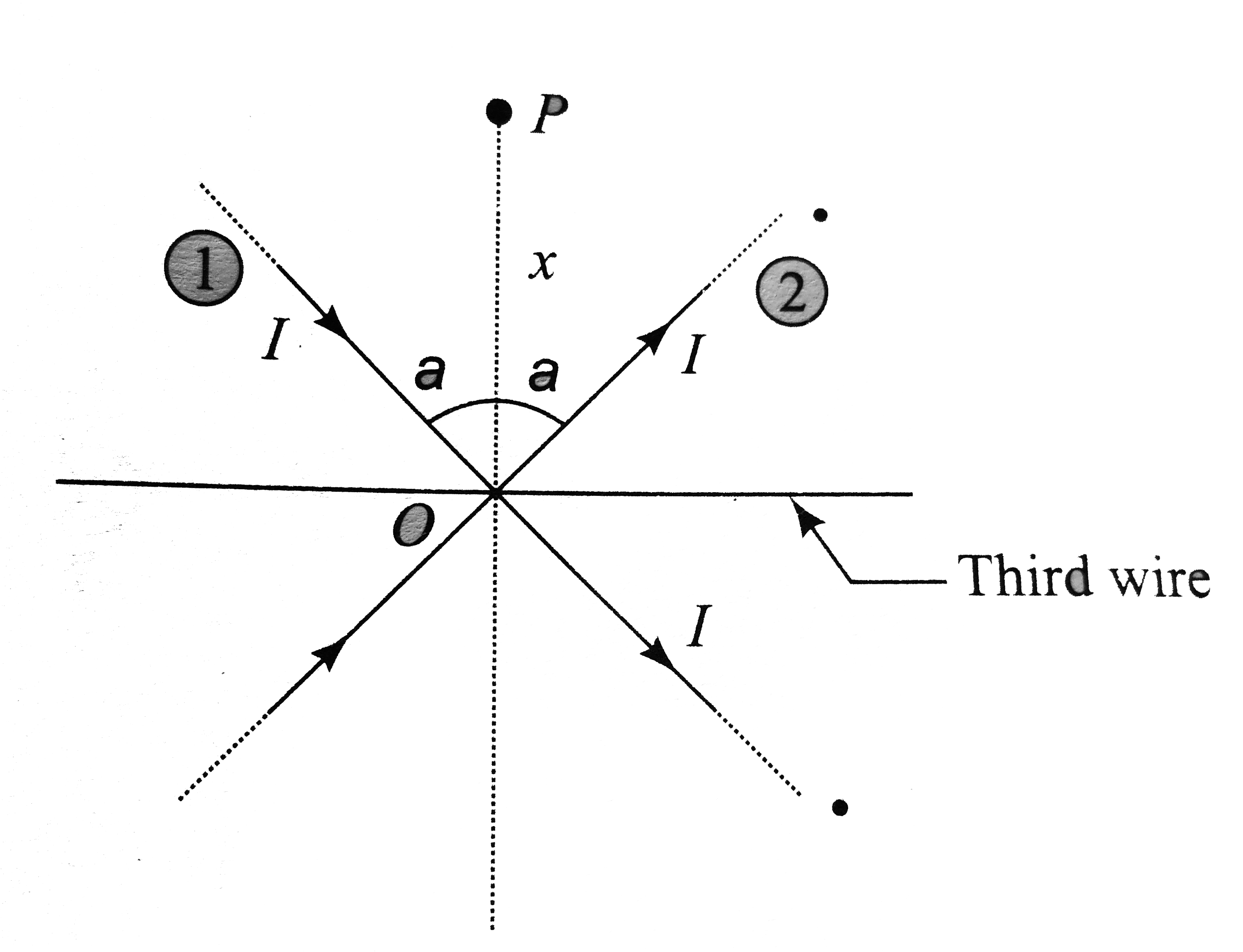Which of the following are insulators?
Brass, gold, steel
Tap, water, human body, silver
Moist air, human body
Pure water, air, mica
The correct Answer is:D
To determine which of the options contains insulators, we need to analyze each option based on the properties of the materials listed. Insulators are materials that do not conduct electricity well.
1. Analyze Option A: Brass, Gold, and Steel
- Brass, gold, and steel are all metals.
- Metals are generally good conductors of electricity.
- Conclusion: This option does not contain insulators.
2. Analyze Option B: Tap Water, Human Body, and Silver
- Silver is a metal and is a good conductor of electricity.
- The human body contains water and electrolytes, which allow it to conduct electricity.
- Tap water typically contains minerals and impurities, making it a conductor as well.
- Conclusion: This option does not contain insulators.
3. Analyze Option C: Moist Air and Human Body
- The human body, as mentioned, conducts electricity due to water and electrolytes.
- Moist air contains water vapor, which can conduct electricity.
- Conclusion: This option does not contain insulators.
4. Analyze Option D: Pure Water, Air, and Mica
- Pure water is a poor conductor of electricity (a bad conductor).
- Air is also a poor conductor of electricity under normal conditions.
- Mica is a well-known insulator used in electrical applications.
- Conclusion: This option contains insulators.
Final Answer:
- The correct option that contains insulators is Option D: Pure Water, Air, and Mica.
- Brass, gold, and steel are all metals.
- Metals are generally good conductors of electricity.
- Conclusion: This option does not contain insulators.
- Silver is a metal and is a good conductor of electricity.
- The human body contains water and electrolytes, which allow it to conduct electricity.
- Tap water typically contains minerals and impurities, making it a conductor as well.
- Conclusion: This option does not contain insulators.
- The human body, as mentioned, conducts electricity due to water and electrolytes.
- Moist air contains water vapor, which can conduct electricity.
- Conclusion: This option does not contain insulators.
- Pure water is a poor conductor of electricity (a bad conductor).
- Air is also a poor conductor of electricity under normal conditions.
- Mica is a well-known insulator used in electrical applications.
- Conclusion: This option contains insulators.
- The correct option that contains insulators is Option D: Pure Water, Air, and Mica.
Similar Questions
A partition divides a container having insulated walls into two compartments whose initial paraments are given. The partition is a conducting wall which can move freely without friction. Which of the following statements is/are correct, with reference to the final equilibrium position ?

View SolutionA partition divides a container having insulated walls into two compartments whose initial paraments are given. The partition is a conducting wall which can move freely without friction. Which of the following statements is/are correct, with refrence to the final equilibrium position ?

View Solution
Knowledge Check

Two samples of water of equal mass are heated to 60 degrees Celsius (°C). One sample is poured into an insulated container, and the other sample is poured into a non-insulated container. The samples are then left for 70 minutes to cool in a room having a temperature of 25°C. The graph above shows the temperature of each sample at 10-minute intervals. Which of the following statements correctly compares the average rates at which the temperatures of the two samples change?AIn every 10-minute interval, the magnitude of the rate of change of temperature of the insulated sample is greater than that of the non-insulated sample.BIn every 10-minute interval, the magnitude of the rate of change of temperature of the non-insulated sample is greater than that of the insulated sample.CIn the intervals from 0 to 10 minutes and from 10 to 20 minutes, the rates of change of temperature of the insulated sample are of greater magnitude, whereas in the intervals from 40 to 50 minutes and from 50 to 60 minutes, the rates of change of temperature of the non-insulated sample are of greater magnitude.DIn the intervals from 0 to 10 minutes and from 10 to 20 minutes, the rates of change of temperature of the non-insulated sample are of greater magnitude, whereas in the intervals from 40 to 50 minutes and from 50 to 60 minutes, the rates of change of temperature of the insulated sample are of greater magnitude.Which of the following oxides behaves as conductor or insulator depending upon temperature ?
ATiOBSiO2CTiO3DMgO
An ideal gas is enclosed in a thermally insulated container. Container is covered by an insulating piston which is connected with spring. Small displacement is given to piston as shown in figure. Which of the following statements is correct? Neglect friction everywhere.

View SolutionIn a closed insulated container, a liquid is stirred with a paddle to increase the temperature. Which of the following is true?
View SolutionA liquid is stirred in thermally insulated container , for about 2 hrs. Which of the following si correct ?
View SolutionA well insulated substance in solid state is heated at a constant rate until it vaporizes completely. The temperature-time graph of the substance is shown below . Which of the following statements is//are true?
_E01_077_Q01.png)
View SolutionThree infinite current carrying conductors are placed as shown in Fig. Two wires carry same current while current in third wire is unknown. The three wires are electrically insulated from each other and all of them are in the plane of paper. Which of the following is correct about point P which is also in the same plane?

View SolutionThree infinite current carrying conductors are placed as shown in Fig. Two wires carry same current while current in third wire is unknown. The three wires are electrically insulated from each other and all of them are in the plane of paper. Which of the following is correct about point P which is also in the same plane?

View Solution